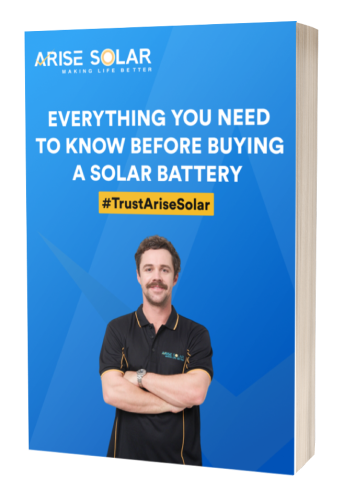The amount of sunshine that a solar power system can convert directly into useful electricity determines how effective the panels are. Over the past few years, there has been a marked growth in the demand for renewable energy sources. It is crucial to comprehend how we can improve the generation of solar electricity as a result. Considering the factors like installation, angle, weather, and other factors, solar panels can typically convert 15-22 percent of solar energy into useful electricity. The efficiency of solar panels varies with the solar brand. Solar manufacturers test the solar panels in various conditions and angles to determine the efficiency of their modules.
The dirt effect
A solar panel’s effectiveness is impacted by dust and debris. Although this differs from one panel to another, it’s recommended to account for an efficiency decrease. We estimate the productivity loss caused by dust and debris to be 4.5% considering our analysis. In case you live in an area where dirt and grime is common, your panels would operate more effectively if you cleaned them frequently.
Solar panel orientation
The output of solar panels is significantly impacted by their placement on the roof. It’s a frequent misconception that solar panels must be exposed to direct sunlight in order to work. Although sunlight boosts overall effectiveness, daylight is sufficient to generate electricity.The most sunshine exposure is achieved by placing panels at an angle of 16 degrees with a northward orientation. The solar panels can then produce the greatest electricity feasible from this position.
Rooftops with an east or west orientation are still adequate for solar generation. It is recommended to install solar panels on two sides of the roof, to gain the benefits of solar energy through the day.
Efficiency of the inverter
The inverter transforms Direct Current (DC) into Alternate Current (AC), making it possible to use the electricity generated by solar panels to run the appliances in your home. This method is not entirely effective. Although inverter efficiency technology is advancing, it can still cause an efficiency loss of up to an average of 4%. Thus it is advised to install a high performing and latest technology inverter.
Solar Panel technology affecting the efficiency
There are currently many different types of solar panels thanks to the advancement of solar energy technologies.
Types of silicon make up the majority of solar panels. Due to the structure of the solar cells, the type has an impact on how effective the solar panels are. The most common types of solar panels that suppliers provide are:
Polycrystalline
PV cells in polycrystalline solar panels are blue in colour and have straight edges. They are less efficient than monocrystalline cells, therefore more panels are required to produce the same amount of power. However, because of their easier manufacturing process, polycrystalline panels are also less expensive. Although incredibly strong, polycrystalline panels often have a slightly shorter lifespan than monocrystalline ones. High temperatures also have a greater impact on them, which lowers their production on the hottest days. Polycrystalline solar panels have an average efficiency of 15-21%.
Monocrystalline
Monocrystalline solar panels are distinguished by their rounded-edged, black PV cells. They generate more kilowatt-hours of electricity than polycrystalline panels because they have a greater conversion efficiency. Monocrystalline panels will produce more power per square foot if you wish to install a solar panel system but have a small amount of available space. Despite being the most effective solar panels, they are also the most expensive due to the complexity of the single-crystal silicon cell production process. Monocrystalline solar panels have an average efficiency of 22-26%.
Thin film
Thin layers of semiconductors are deposited on glass, plastic, or metal to create a thin-film solar panel. The films are considerably thinner than c-Si wafers, frequently 20 times thinner. Thin-film solar panels are hence lightweight and flexible. The product might be flexible enough to conform to the curve of a roof if the thin-film cells are enclosed in plastic; when glass is utilised, thin-film panels are more rigid and heavy. Thin film solar panels have an average efficiency of 15-21%.
Solar panel efficiency long term
Think through the past few decades, solar panels have become significantly more efficient and more affordable. The Australian government has encouraged households to choose renewable energy sources to power their homes by offering solar panels rebates in the form of STCs (Small scale technology certificates). In contrast, to maximise the use of solar energy, experts are always examining ways to increase photovoltaics’ efficiency rate.
Arise Solar offers some of the high performing and reliable solar brand options for its customers to choose from. Lower your electricity bills and discover the best solar panel system for your home. Get in touch with our experts now!




